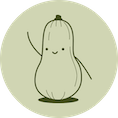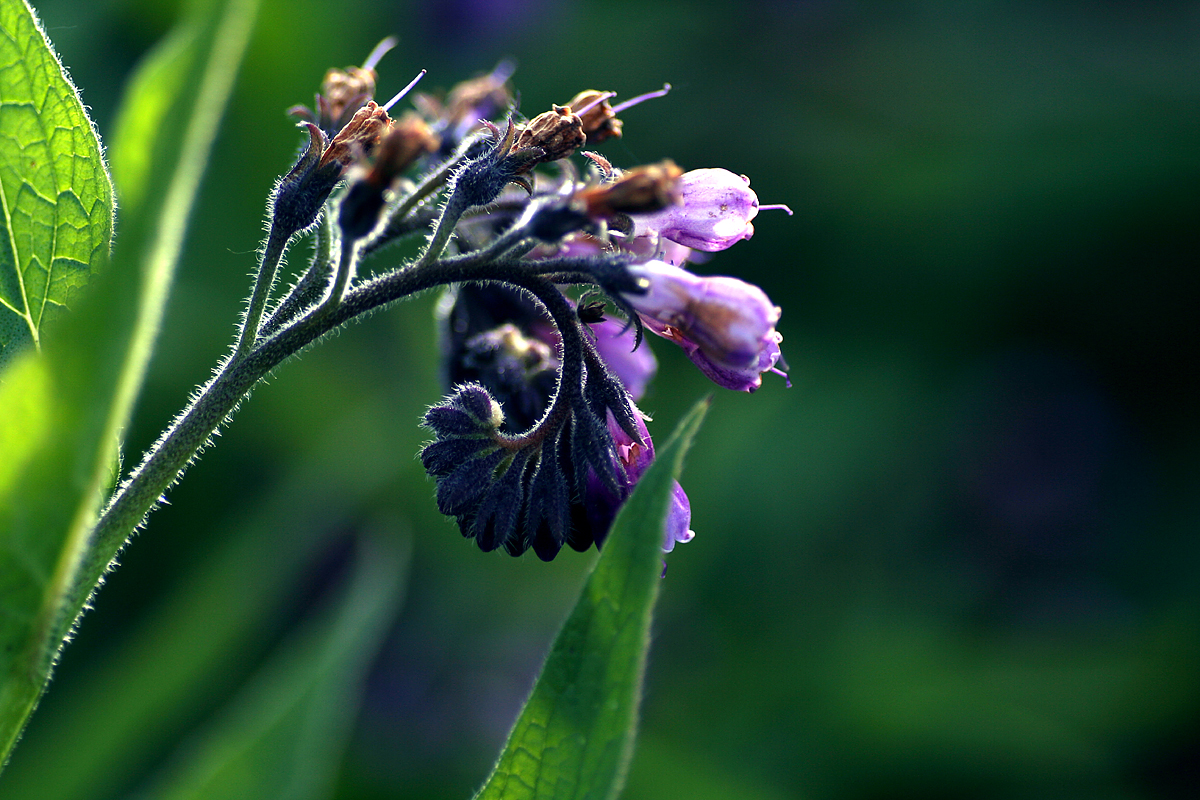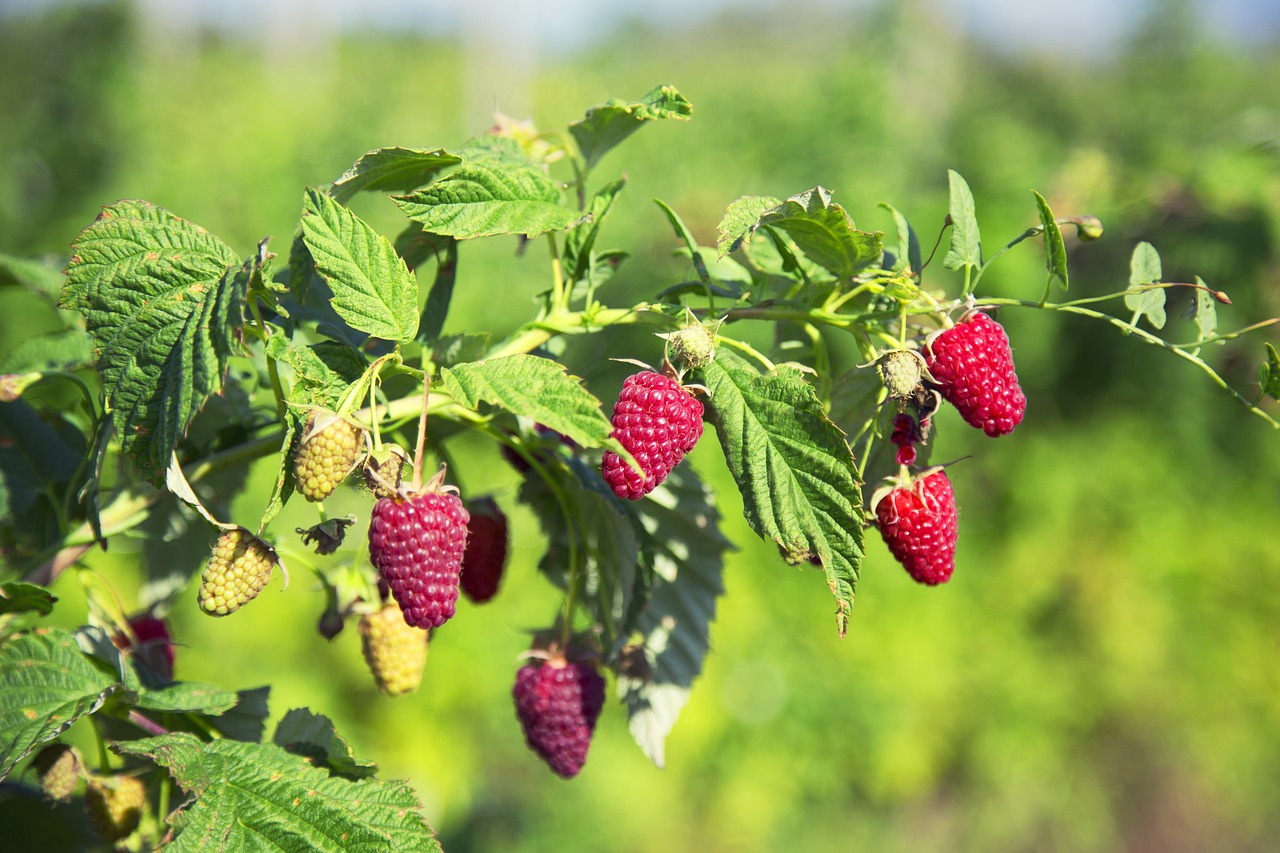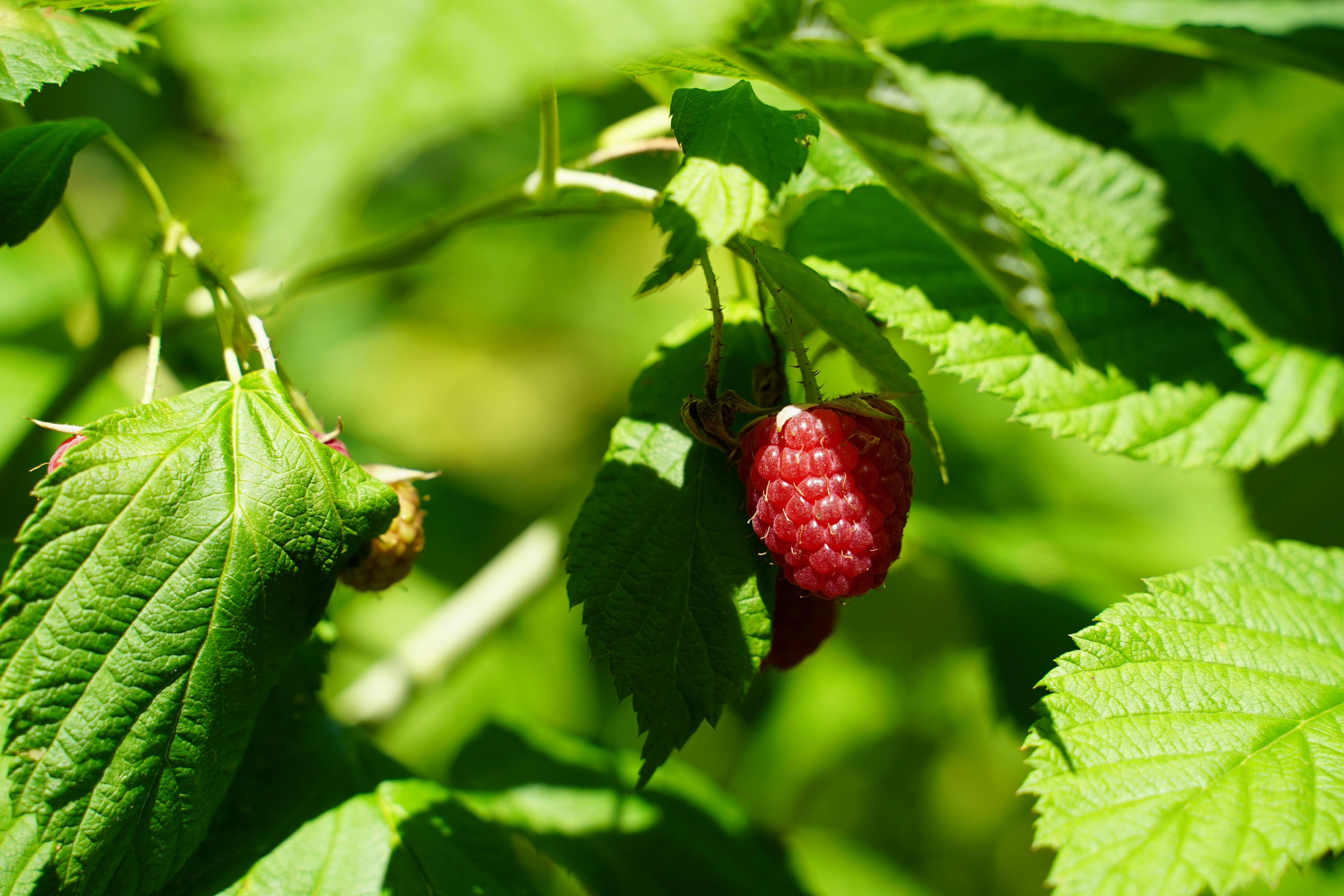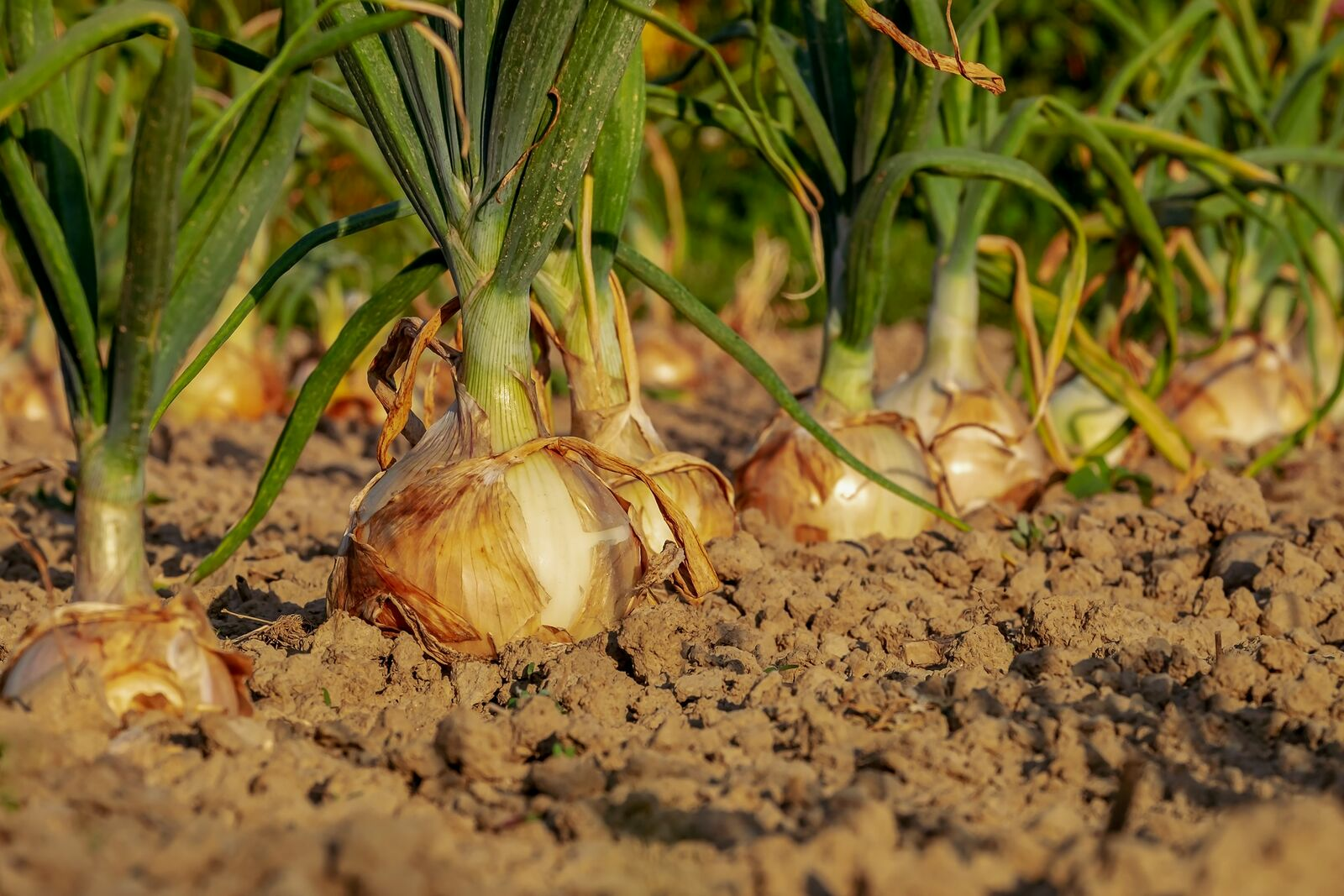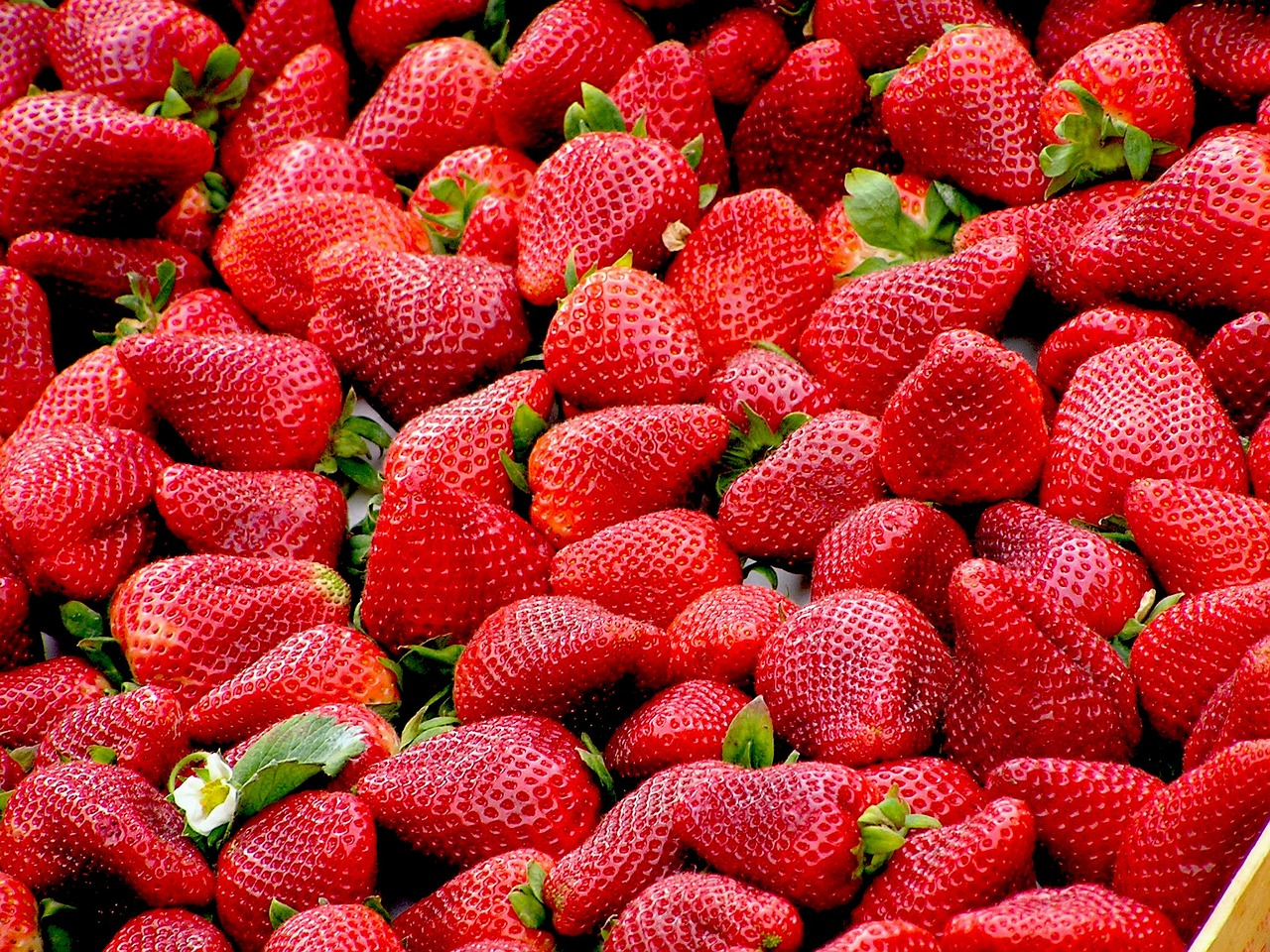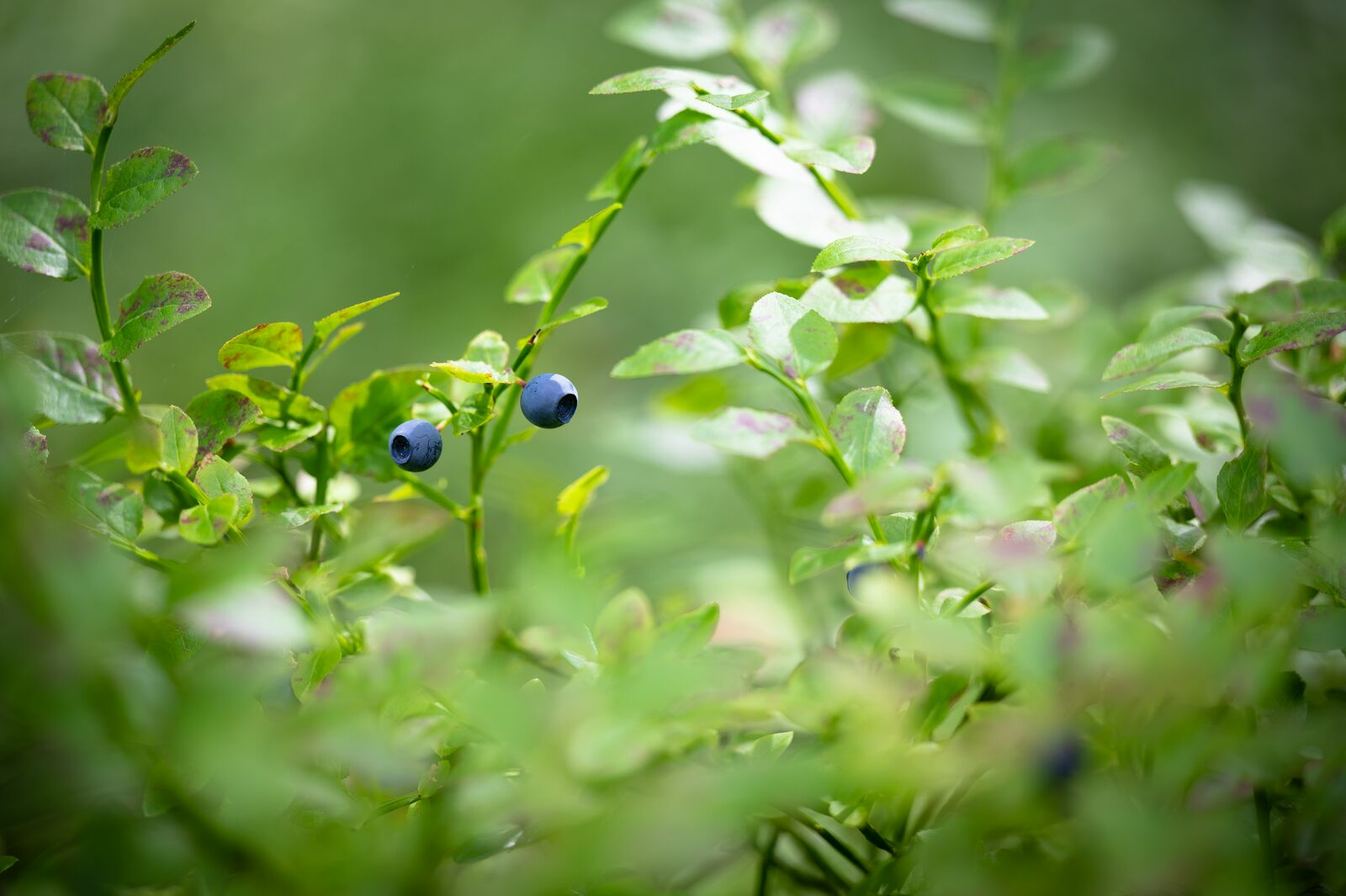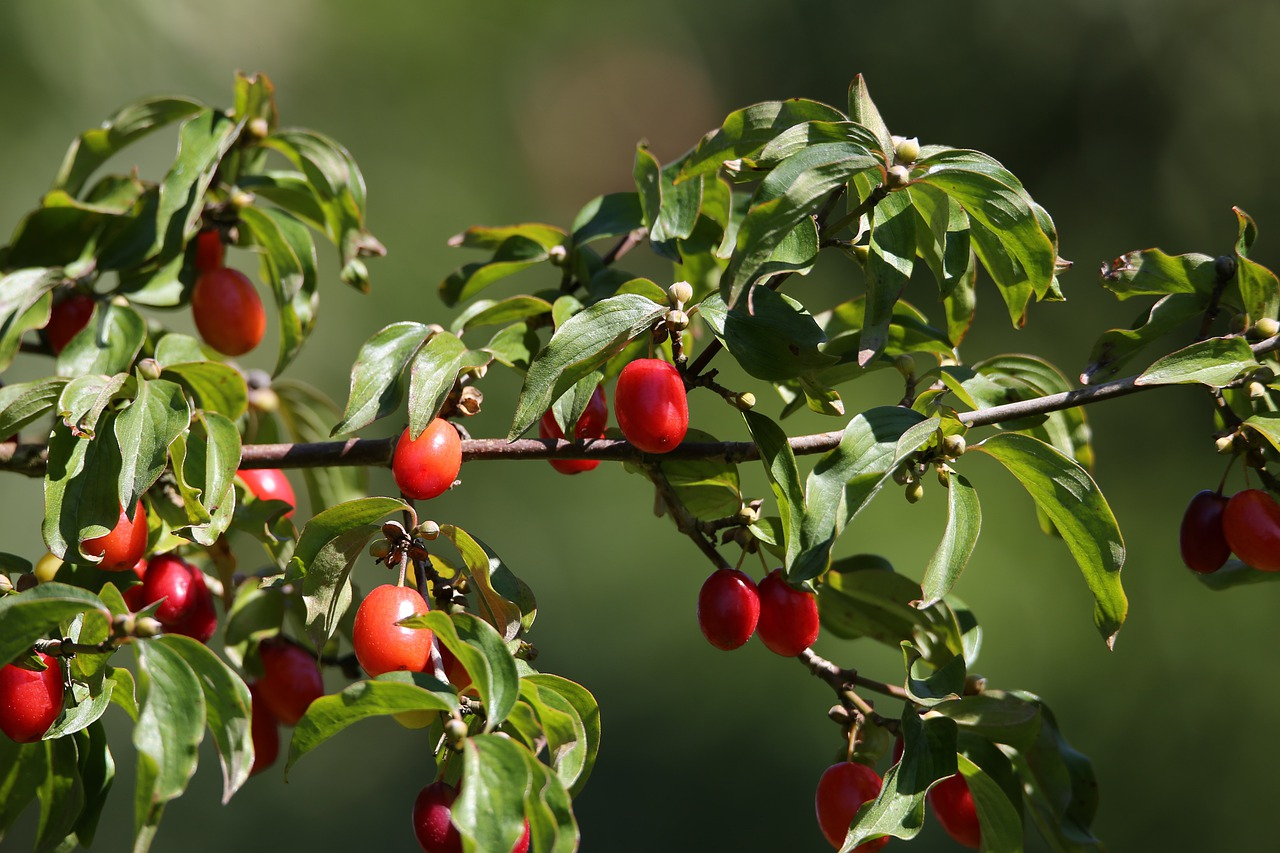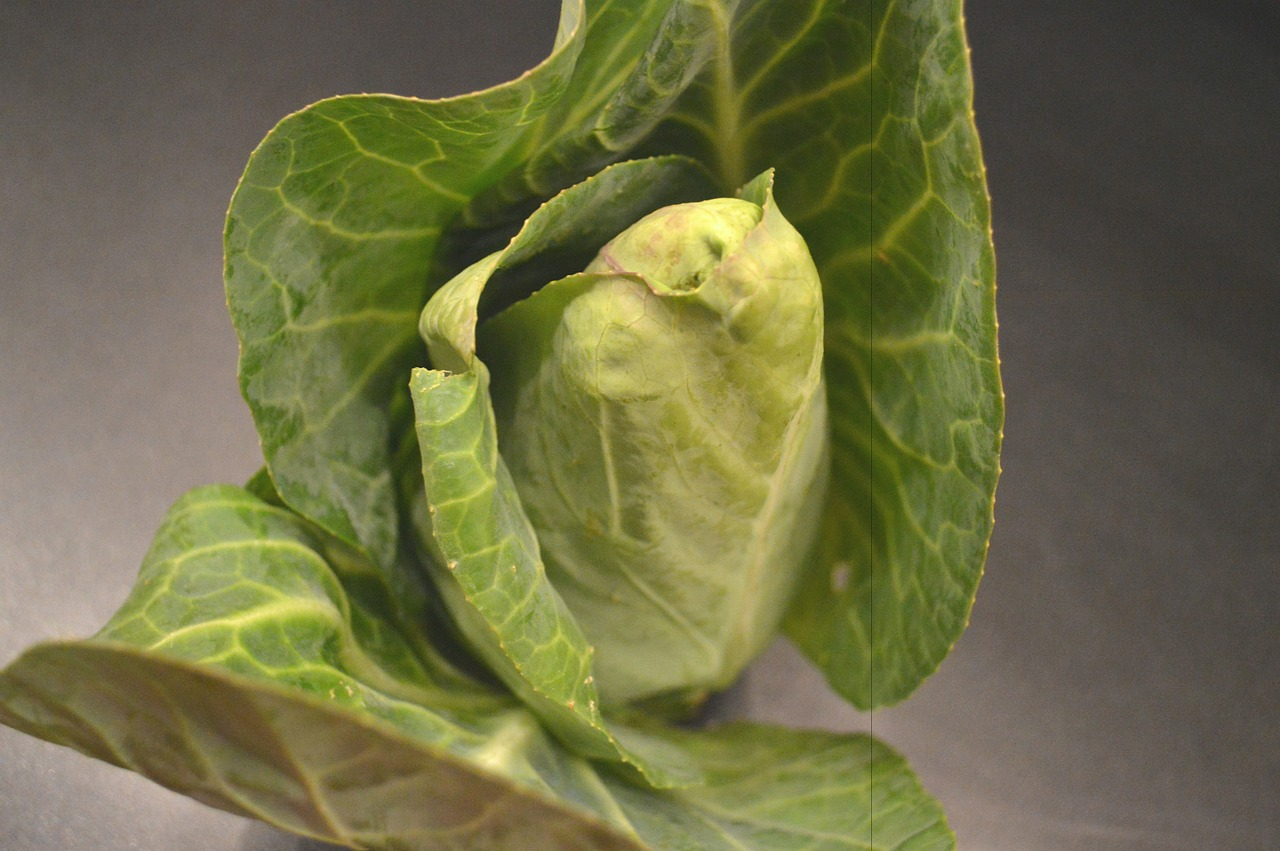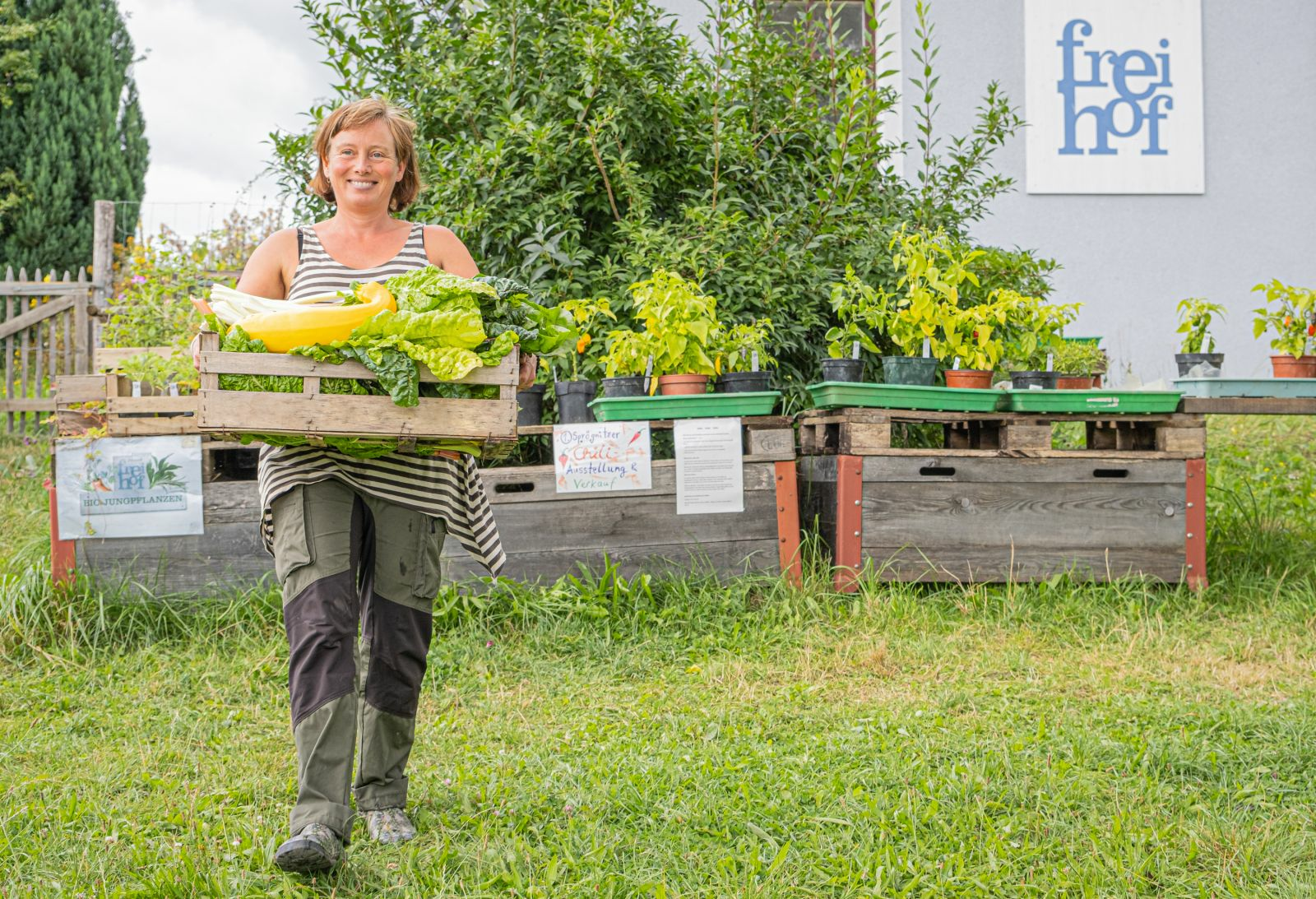
Sigrid Drage on growing seeds
We talked to Sigrid Drage about growing seeds and seed production. She is passionate about permaculture and has a doctorate in ecology and has written the book "Wie du dein eigenes Saatgut gewonnenst - und so ein kleines Stück die Welt rettest" (How to grow your own seeds - and save the world).
What is meant by seed production and how does it work?
It's about going through the entire life cycle of a plant in your own garden. For a plant to produce seeds, it must flower and be pollinated. Fertilization must therefore take place and the plant must be given the time it needs to develop seeds. Then these seeds are harvested. And depending on whether the seeds are hidden in fruit, such as in tomatoes, pumpkins or zucchinis, the process is a little different than if the seeds are in pods, such as rocket, or in pods, such as in beans. This means that you have to recognize and harvest these so-called seed carriers, the seed heads that the plant then forms, and then remove and dry the seeds. Finally, of course, these seeds are stored so that they can be sown again next year.
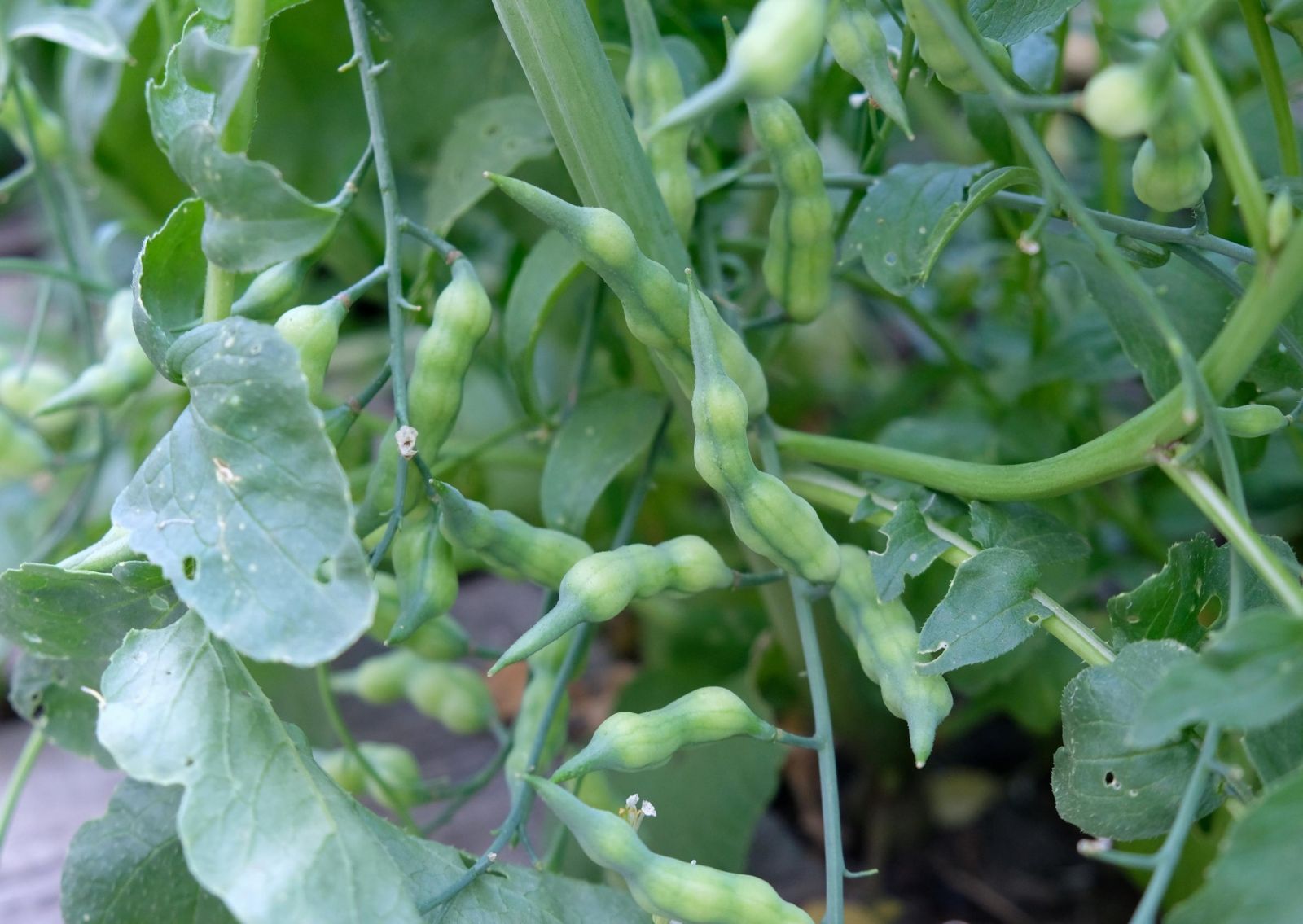
That actually brings us to the topic of self-sufficiency, doesn't it?
Yes, exactly. If you harvest seeds, you won't be buying new plants next year, but will be growing your own young plants, i.e. providing for yourself. This means that I can then use these seeds for my own young plants next year. Of course, this also means that I need know-how for growing young plants. Growing your own seeds is therefore a huge step towards natural gardening, because you learn a lot about the life cycle of a plant. But there are also simple examples that you can use to approach the topic - tomatoes, for example, or pumpkins.
How does seed propagation work for fruiting vegetables?
Seed production for fruit vegetables is usually the easiest method because the seeds are in the fruit that we eat. This means that it is only important that the fruits are ripe before they are harvested. However, it must be borne in mind that ripeness does not necessarily mean that they are at the right point of ripeness for eating. In the case of tomatoes, ripeness for consumption also means seed ripeness. With zucchinis, however, the situation is different: they taste best when they are 10-20 cm tall. But in order to harvest ripe seeds, we have to wait until the fruit is larger, around 40 cm.

How can you recognize mature seeds?
After all, seeds have a very low water content when they are ready and mature. It is important for seeds to be dry so that they can be stored well for the next season. In the case of fruit vegetables, the seeds must be dried after removal. With many other plants, however, dry seeds already form on the plant, which can be recognized by the rustling, e.g. dry pods or inflorescences. Examples would be rocket or beans, which flower and are pollinated, so fertilization takes place and then the seeds develop in dry seed heads and, in the case of beans, in pods. It is then a matter of waiting until the seeds are actually ripe and dry.
Don't you have to be careful with dry seed that it doesn't fly away?
Yes, there is a problem with plants that present seeds quite openly. Lettuce is an example of this, as is marigold. The seeds also dry directly on the plant, but they are not hidden somewhere inside, instead they are presented quite openly on the seed head, which was previously the flower, and fall down or are carried away by the wind. This means that with these plants you really have to catch the right moment to get some yourself.
How do you harvest seeds from leafy vegetables?
There are vegetables, like lettuce for example, that I can't eat and get seeds from at the same time. Of course you can pluck off individual leaves, but that's usually not enough for a substantial meal. In other words, ideally you have to leave the best heads and then wait until the lettuce shoots, i.e. until it forms an inflorescence. It is also the case that the plant is then no longer ready to eat because the leaves often turn bitter. The lettuce is a self-pollinator, so pollination and fertilization take place during flowering, which is very practical, because then I really only need one or two lettuces to produce enough seeds.
When it flowers, the lettuce actually looks a bit like a small dandelion, i.e. a dandelion. This means that the seeds are airborne and can easily be carried by the wind. This means that as soon as I see that a seed head has actually sprouted, it's high time to cut the seed off, put it in a paper bag and leave it to dry overnight in a dry place. And then I can harvest it, i.e. shake out the seeds and clean them.

How should you store the seeds you have obtained?
There are a few very important principles. Firstly, as I mentioned earlier, seed is dry and needs to dry so that it is really ripe. That means I have to keep it in this dry state. In other words, a room that is simply dry is an important prerequisite for this. There must be no moisture, because otherwise the seeds would swell, perhaps germinate, become moldy or rot. Secondly, ideally there should be a room where the temperature fluctuations are not too great and it is not too warm. We store our seeds in a dry and dark room where it is 15 to 20 degrees. And of course it is also very important that no mice or moths etc. can get to the seeds.
Glass jars are therefore best suited for storage. For example, I collect my tomato seeds in paper bags and store them all together in a preserving jar labeled Tomatoes. And it is always very important that I also write the year of harvest next to the variety information, because of course the germination capacity of seeds is not eternal, each plant species also has different germination capacities.


